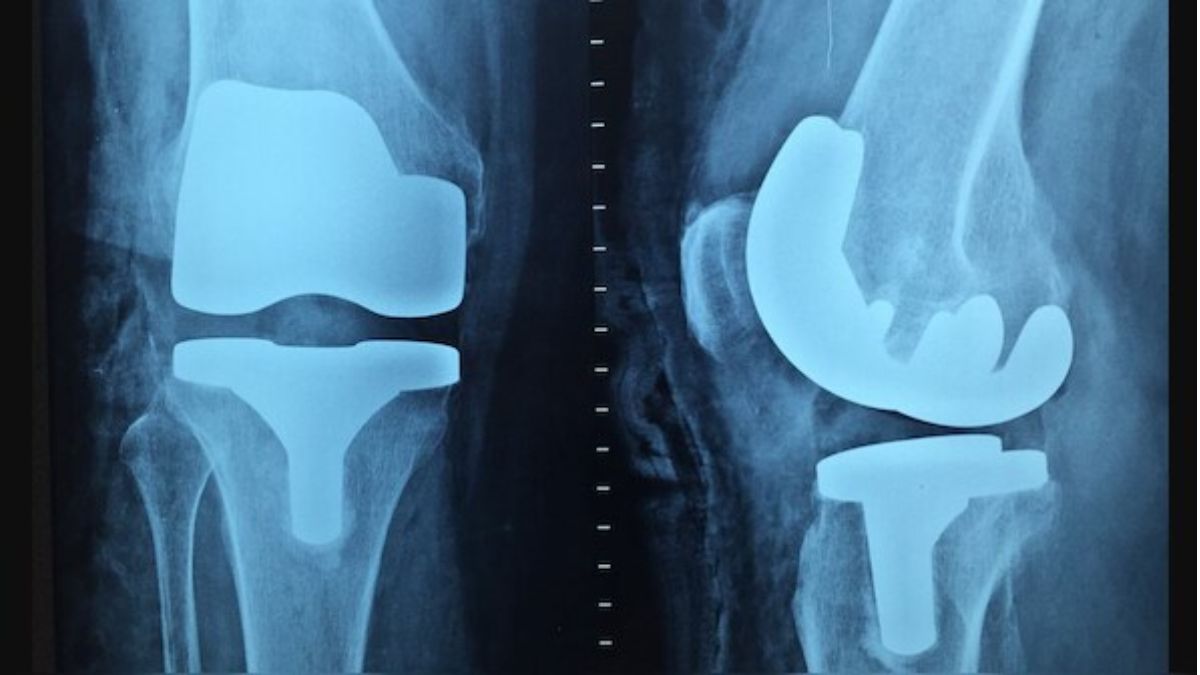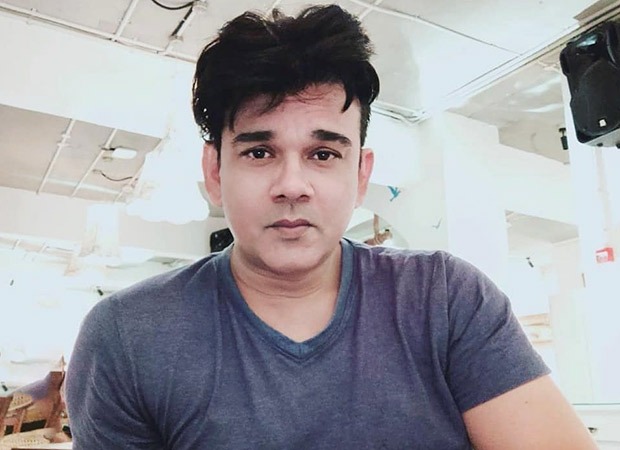Osteoporosis has emerged as a significant public health concern in India, with alarming statistics revealing that approximately 61 million people are affected by the condition, of which 80 percent are women. According to the World Health Organization (WHO), 30 percent of postmenopausal women globally suffer from osteoporosis, highlighting a pressing issue that requires urgent attention.
In India, the peak incidence of osteoporosis occurs 10 to 20 years earlier than in Western countries, leading to substantial impacts on health and economic resources. This premature onset not only increases the risk of fractures and related complications but also places a heavy burden on healthcare systems and families.
Dr. Aashish Chaudhry, Director and Head of the Department of Orthopaedics and Joint Replacement at Aakash Healthcare, sheds light on this condition, emphasising its prevalence among postmenopausal women and the elderly.
What is osteoporosis, and why is it a concern for public health?
Dr Chaudhry: Osteoporosis in simple terms is called hollowness or weakening of the bones or the skeletal system and it usually occurs most commonly in postmenopausal women and elderly males as well. Now, two major categories of osteoporosis one is senile osteoporosis other is postmenopausal osteoporosis, both are age related and also in females because of the menopause there is a sudden drop in estrogen level which is actually a protector of the bone hormone which protects the bone and because of its loss the first 5 years after the menopause it causes severe osteoporosis and it is a concern for public health because since being a silent disease it is not easily diagnosed and most of the people consider generalized weakness bone pains as age related and then it goes unnoticed until the terminal event of a major fracture or after a trivial injury happens and then that leads to catastrophic complications.
So, if you look at the data more than 50 years of age every other woman is suffering from osteoporosis of varying degree and most of them they end up having a fracture and out of 1 out of 4 males are also suffering from osteoporosis above 50 years of age. So, it is a quite a common problem and because of added deficiencies of calcium vitamin D it becomes more paramount to recognize early and treat it well.
At what age does the risk of osteoporosis typically increase, and are there any early warning signs?
Dr Chaudhry: The risk of osteoporosis increases primarily in the elderly age group majorly after 50 years especially for females after the menopause and for males beyond the age of 50 years gradually it keeps on aggravating if the patient or the elderly male is not taking adequate precautions. Yes, there are subtle early warning signs wherein most of the patient would complain of generalised bone pains especially around the wrist and the spine and there is a gradual height loss and there is muscle atrophy also and the gait also becomes weak and fragile. So, these are the common symptoms early signs of the osteoporosis.
What are the key risk factors for developing osteoporosis?
Dr Chaudhry: Major risk factor is the age, gender primarily the elderly age group gets affected most. females are more likely to have osteoporosis than males. Then other life style factors like excessive alcohol and smoking, steroid intake or some drugs like steroids, anti-epileptic medication, cancer drugs and many more such medication also causes high risk of osteoporosis and apart from that some genetic factors also there which are beyond the control, but yes it gives us an insight if the familiar tendency is there one can start. Early detection or go for early detection and regular testing.
So, that the moment osteoporosis is diagnosed at early stage it can be treated well.
How do lifestyle factors like diet, exercise, and smoking impact the risk of osteoporosis?
Dr Chaudhry: Lifestyle factors are the most important factors which can make or break the bone. Diet especially if it is not rich in protein, it is calcium deficient and there is no vitamin D in the diet and green vegetables it increases the risk of osteoporosis because these are the raw materials ingredients for the bone health. And if it contains excessive of fat intake leading to morbid or severe obesity that can indirectly impact the skeletal system. The second aspect is exercise, the most of the sedentary lifestyle people would not be exercising much and the weight is also higher and especially because of lack of exercise the bone blood circulation also decreases around the bones and thus it also leads to osteoporosis and therefore, regular physical activity especially the weight bearing exercises can reduce the impact of osteoporosis or the age related bone degeneration. Third factor smoking definitely affects the antioxidant mechanism of the tissues and also indirectly it can cause proneness to developing osteoporosis.
Are women more prone to osteoporosis than men? If so, why?
Dr Chaudhry: Yes, women are more likely to get affected with osteoporosis almost as much as 2 times at higher risk wherein 1 in every 2nd woman gets osteoporosis beyond the age of 50 years like and whereas in men it is 1 in 4 people. And the major reason is the menopause which reduces the levels of estrogen which is a bone preserving hormone and thus because of sudden loss of estrogen there is a sudden spurt of bone loss and thus causes very severe osteoporosis in many females.
What steps can individuals take to prevent the onset of osteoporosis, especially as they age?
Dr Chaudhry: So, majorly is lifestyle modification, regular exercise, diet rich in
calcium, vitamin D and high protein that will indirectly prevent development of
osteoporosis and also getting involved in one or the other physical activity whether it is
yoga, jog, running, sports, non-contact sports or any form of walking or mobility will also
further reduce the incidence of osteoporosis.
And then apart from this somebody who is already in a high risk group that patient
should be taking regular supplements of calcium and vitamin D as per the body
requirement and then all these steps will indirectly promote bone health and reduce the
chance of osteoporosis.
How important is calcium and vitamin D in preventing osteoporosis, and what are the best sources of these nutrients?
Dr Chaudhry: Calcium and vitamin D are an integral part of our skeletal system and to prevent osteoporosis we need a regular intake of calcium on a daily basis and a vitamin D as well. So, there are many recommended daily allowance for an elderly population or a middle age population from a range of I would say 800 to 2 grams of calcium can be taken depending on the severity, age and other factors and vitamin D is usually 800 to 1000 units per day can help calcium help in calcium absorption and thus prevent osteoporosis to a large extent.
What types of exercises are most effective in strengthening bones and preventing osteoporosis?
Dr Chaudhry: Most of the time the light weight wearing exercises, simple gym and cardio exercises, even a brisk walk, cycling, cross trainer, half squats can affect the incidence of osteoporosis to a great extent and also sports like swimming, double table tennis or balancing exercise or yoga activity can also prevent osteoporosis
How does maintaining a healthy weight contribute to bone health?
Dr Chaudhry: Obesity is a direct precursor of osteoporosis because not only it does increase the load on the knee joints and also indirectly affect the skeleton because of the sheer increase of the fat percentage, it reduces the blood circulation, it reduces the muscle mass which indirectly reduces the blood circulation around the bones and thus causing osteoporosis. So, maintaining a healthy weight by doing regular exercises will go a long way in preventing osteoporosis in the long run.

)





